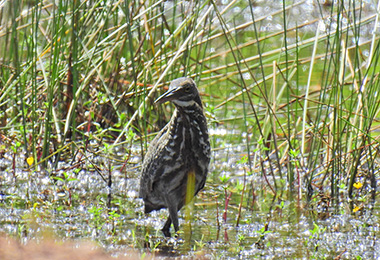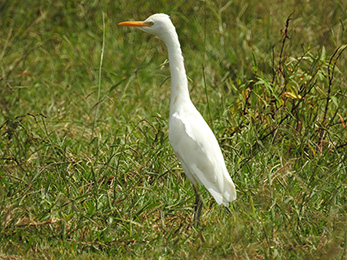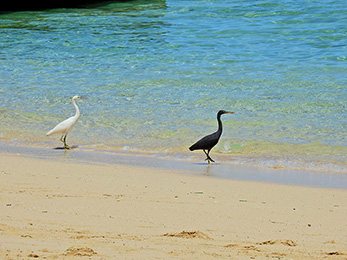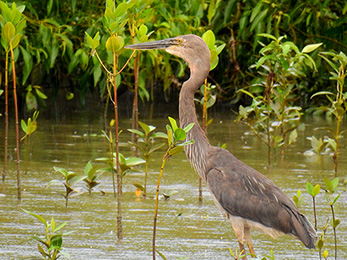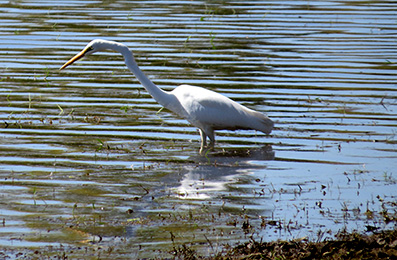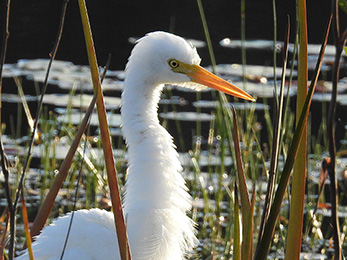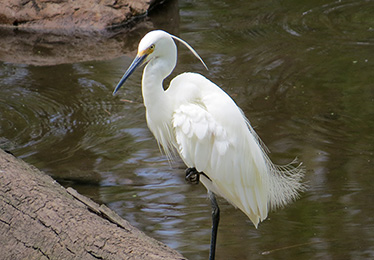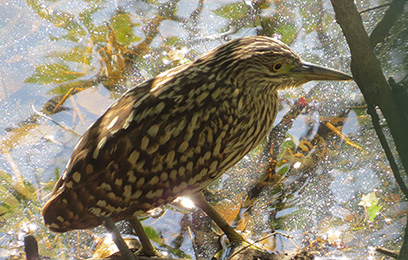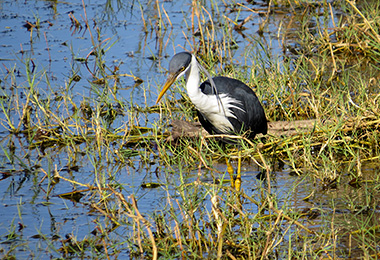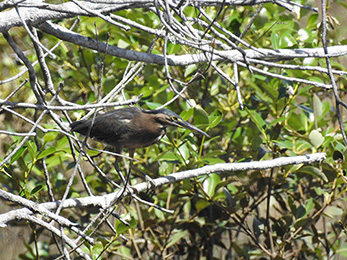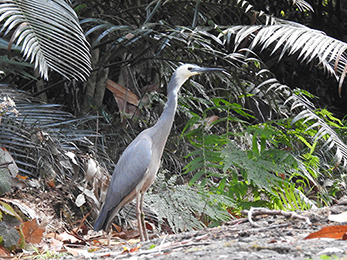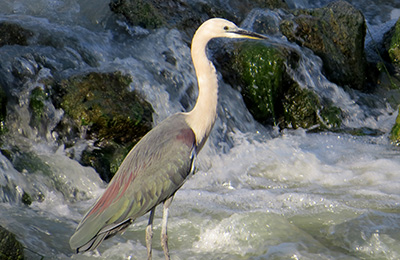HERONS & EGRETS
Picture a serene wetland in Australia, the air filled with the sweet hum of life, and the water reflecting the sky like a vast, tranquil mirror. Among the reeds and the gentle sway of the water plants, you’ll find the elegant silhouettes of Herons and Egrets, poised like dancers in the midst of a performance.
Herons and Egrets are part of the family Ardeidae, and they share many similarities. These birds are known for their long legs, necks, and beaks, which they use with remarkable precision to fish in the shallows of rivers, lakes, and coastal environments. They are a common sight across Australia, gracing both freshwater and saltwater habitats with their poised hunting techniques and striking appearance.
These birds are often seen standing still as statues, their eyes fixed on the water below. With lightning-fast reflexes, they plunge their heads below the surface to snatch up a fish or perhaps a frog. This hunting technique is a marvel of the natural world, showcasing a blend of patience and speed that few predators can match.
The plumage of Herons and Egrets is another aspect of their beauty. While typically, Herons boast a variety of colours and patterns, Egrets are often adorned in brilliant white feathers that can seem to glow in the sunlight. During the breeding season, many species display magnificent plumes that add to their allure, making them a photographer’s or birdwatcher’s delight.
The grace of these birds is not just in their appearance, but also in their flight. With slow, deliberate wingbeats, they traverse the skies, often flying with their necks retracted, creating an unmistakable ‘S’ shape, which is quite different from the outstretched necks of similar waterbirds during flight.
Herons and Egrets play a vital role in the ecosystem. They are indicators of a healthy environment, as they rely on clean water and abundant fish populations. Their presence is a reminder of the delicate balance within aquatic ecosystems and the importance of preserving natural habitats.
In Australia, wetlands are not just important for the Herons and Egrets but are also central to the life cycles of many other species. They’re places of refuge, nurseries for fish, and stopovers for migratory birds. Protecting these environments ensures that the Herons and Egrets, along with countless other creatures, continue to thrive.
As we observe these majestic birds, we’re reminded of the intricate tapestry of life that Australian nature weaves. Herons and Egrets, with their poise and elegance, are not just birds but symbols of the health of our waterways and the need to protect the natural world for future generations. Through understanding and appreciating these creatures, we can foster a deeper connection with nature and a stronger commitment to its care.

